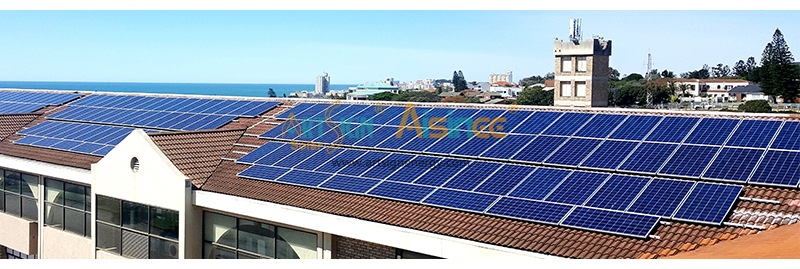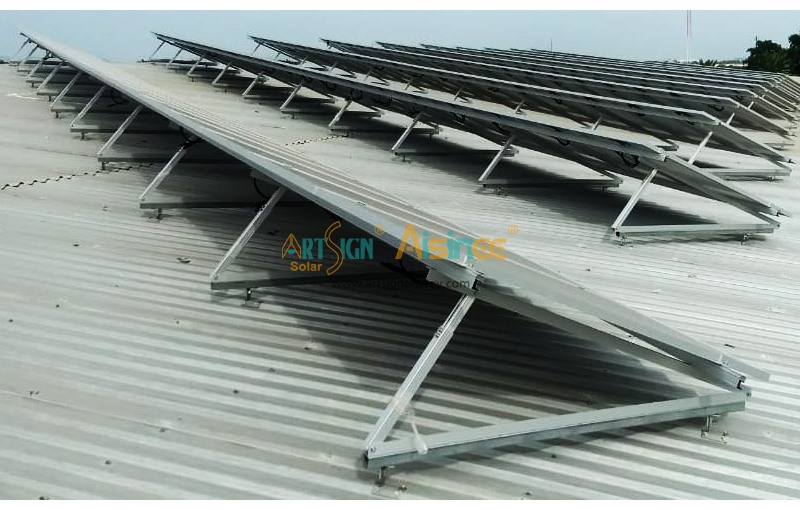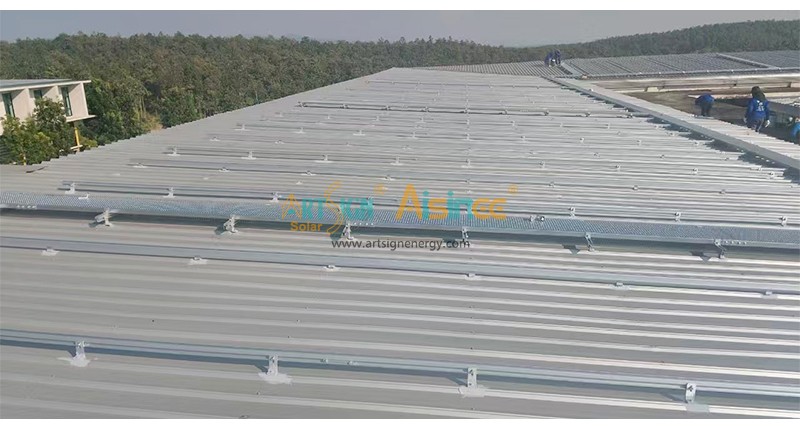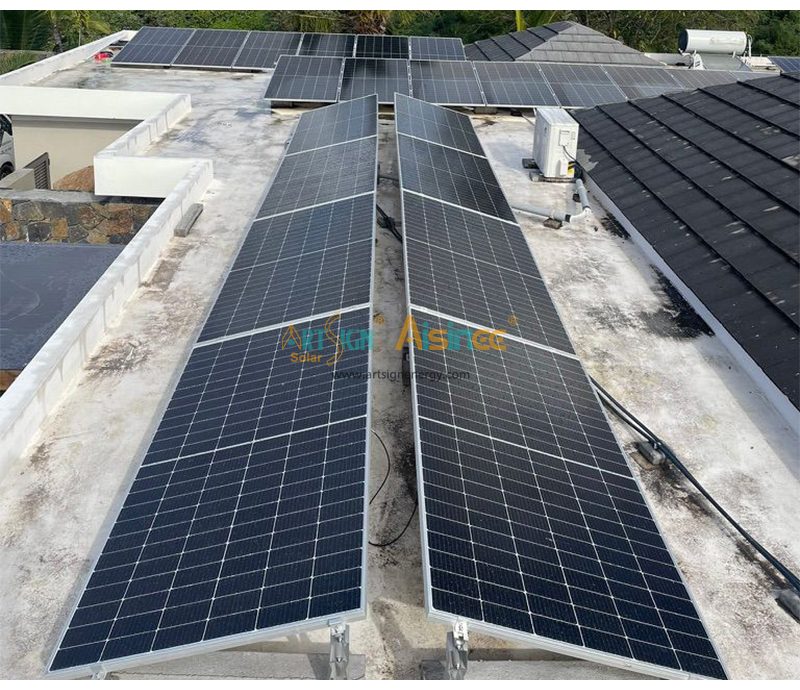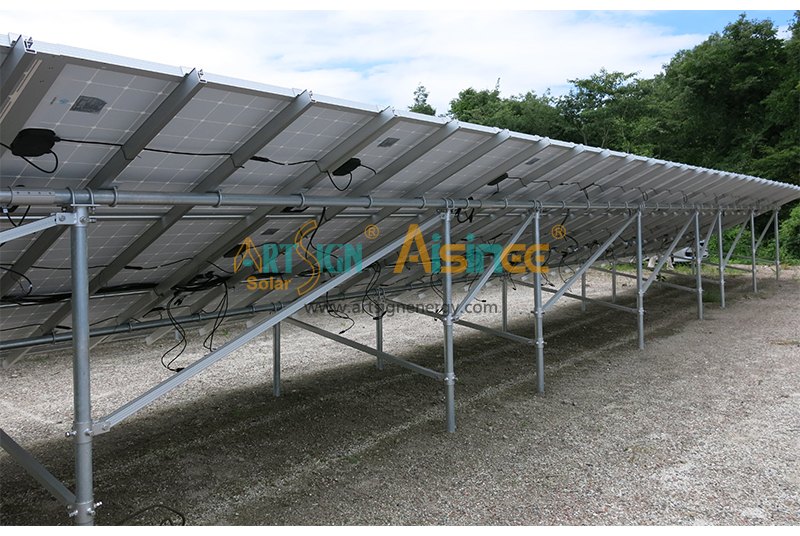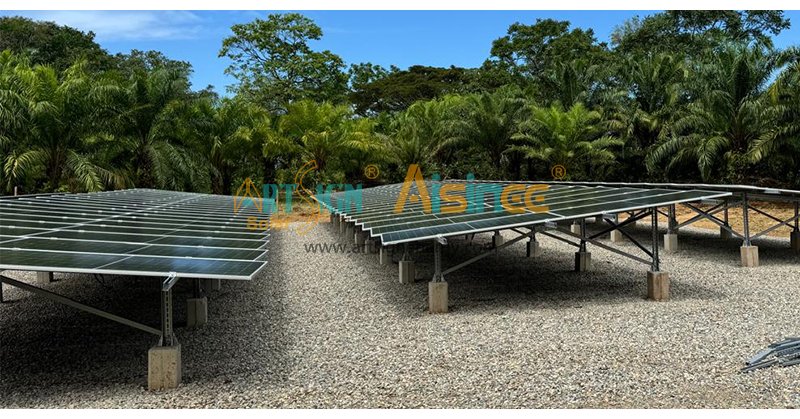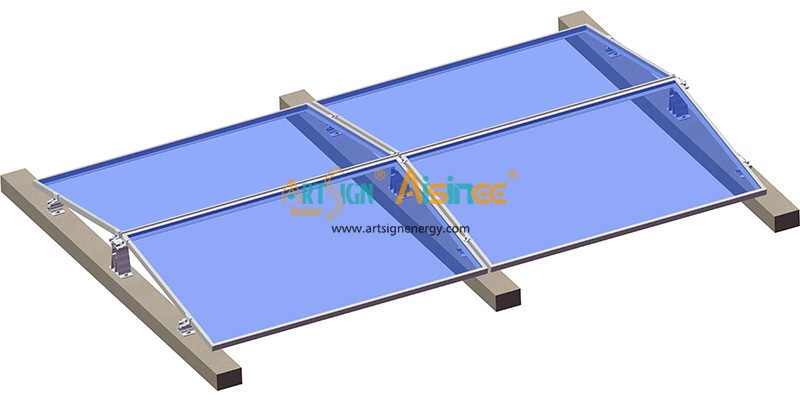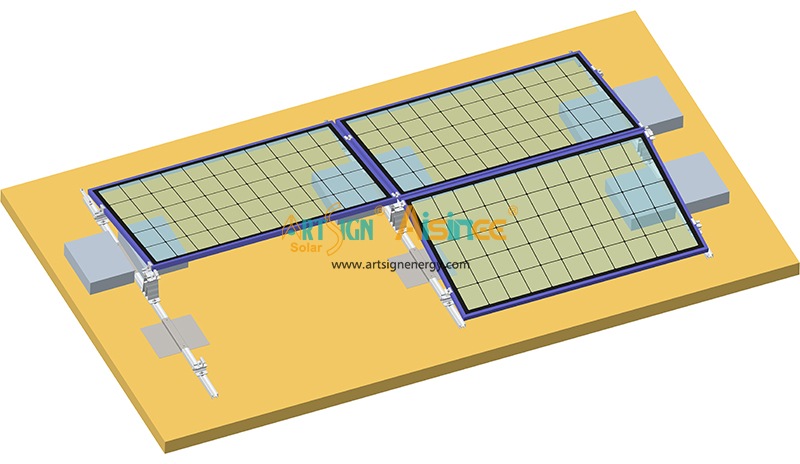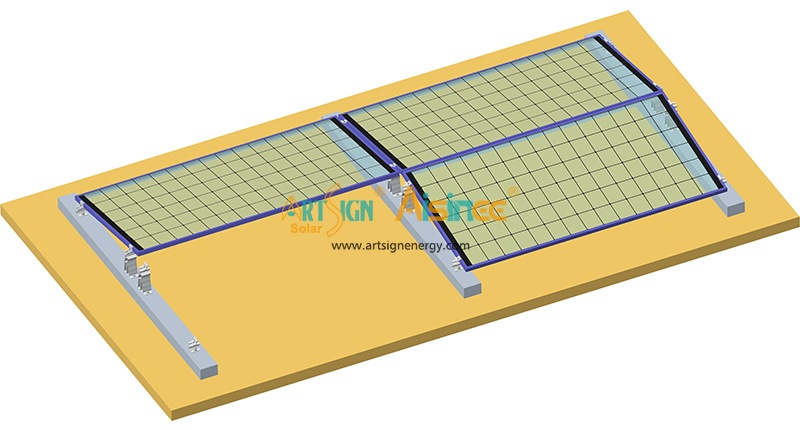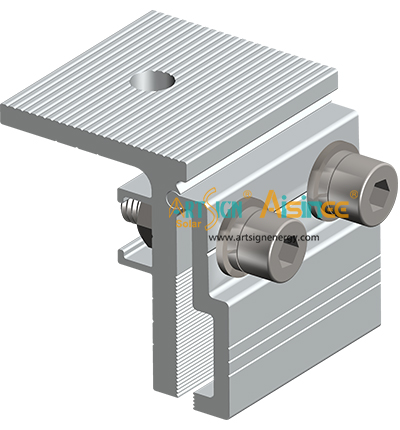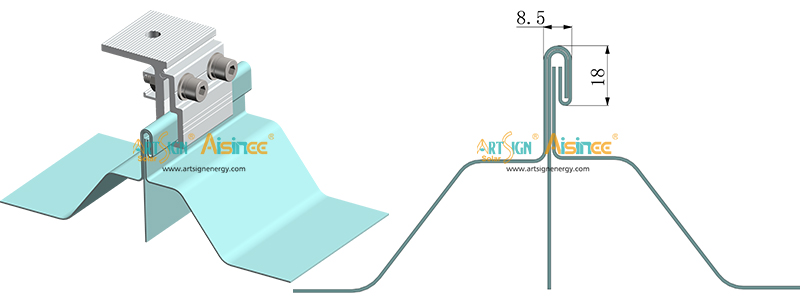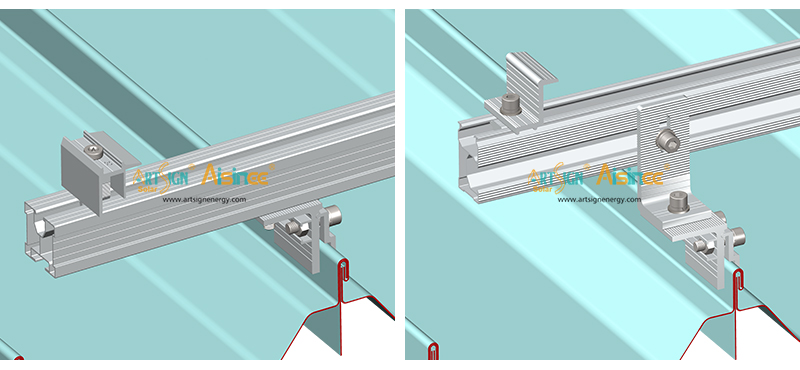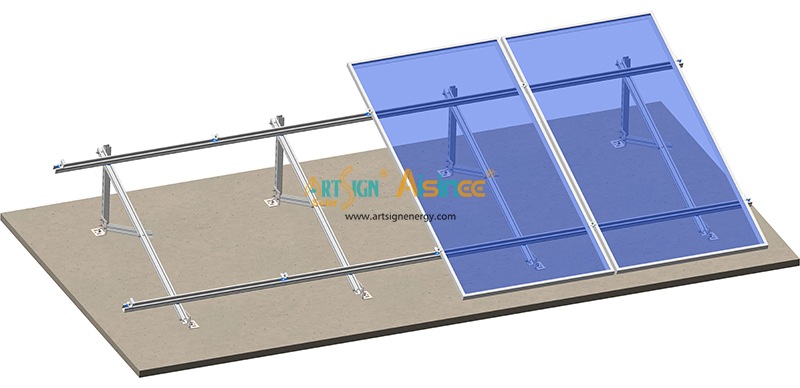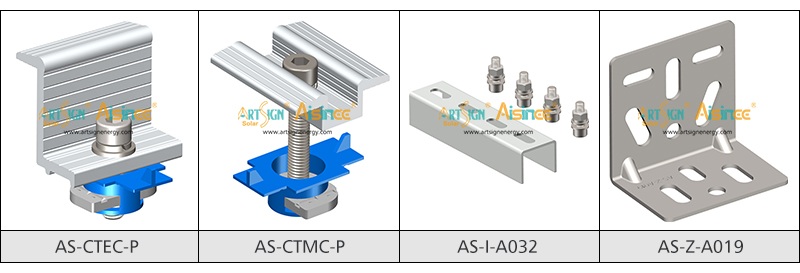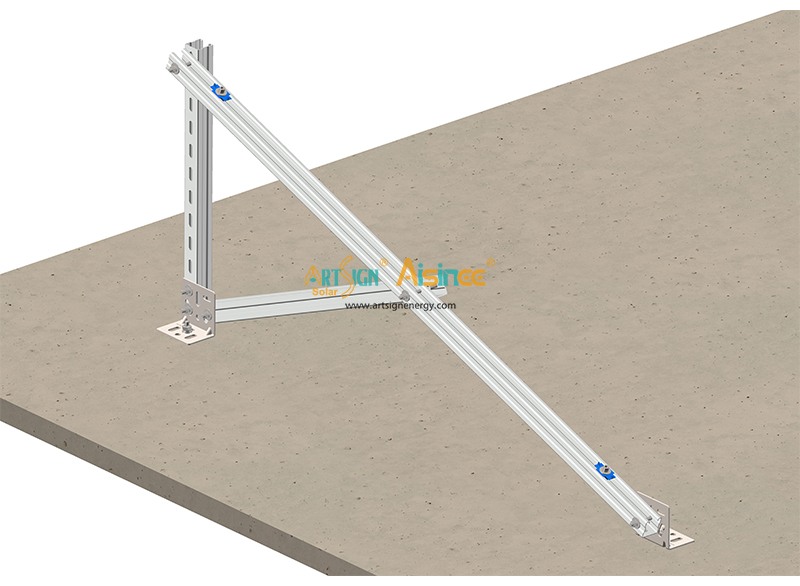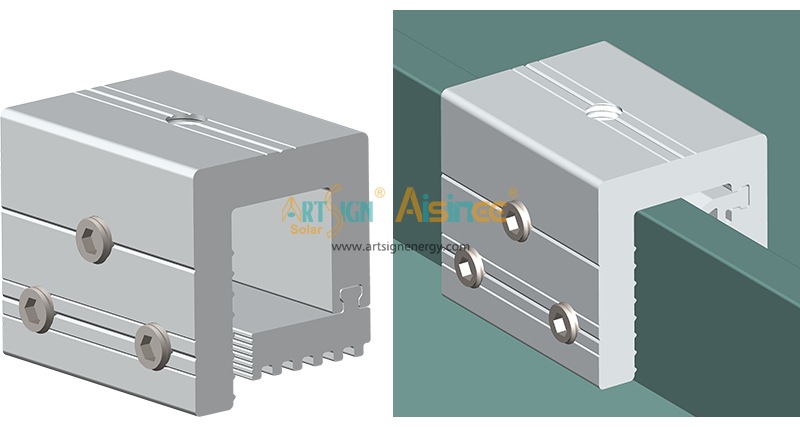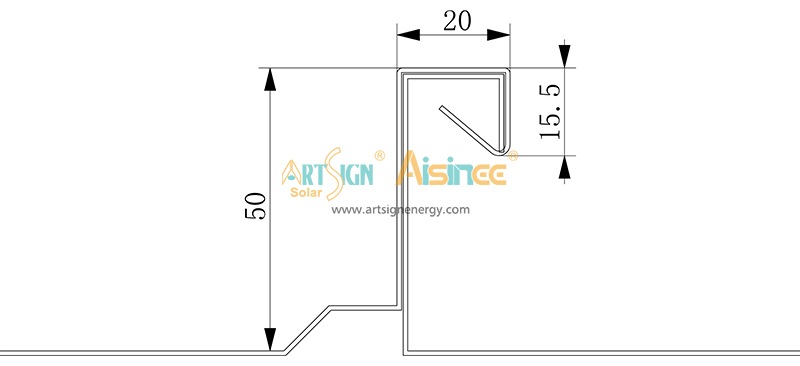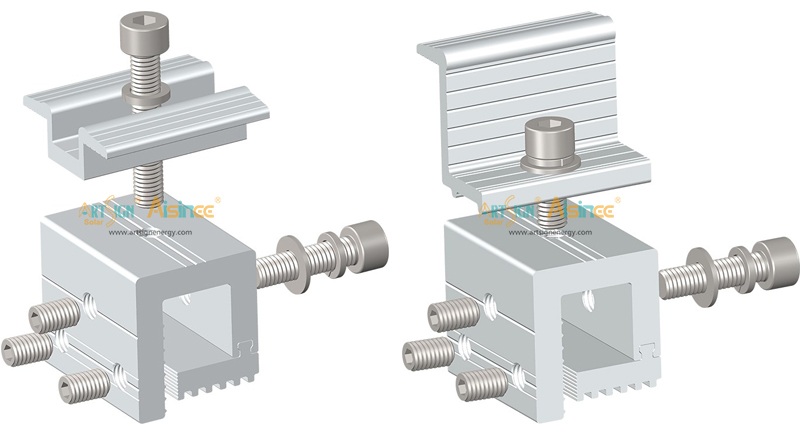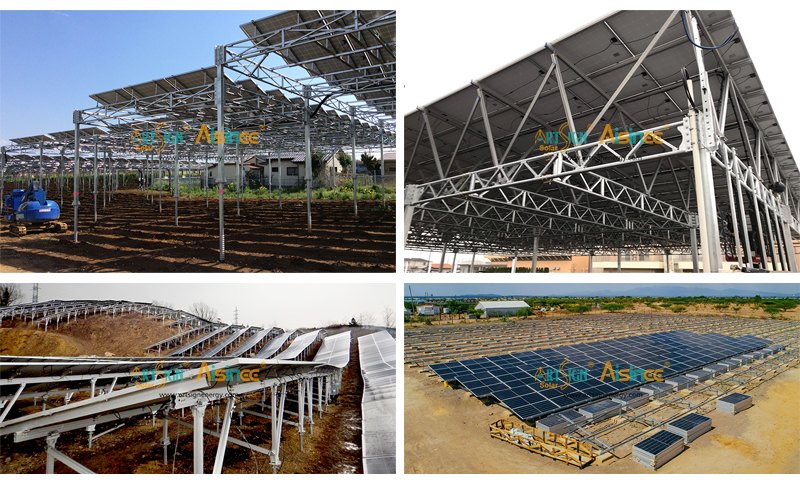When designing a solar panel mounting system, every component is very crucial, especially the aluminum solar clamps which can be secured solar panels in solar mounting structure. Art Sign mid clamps and end clamps seek like small parts, but they play a vital role in the stability, durability and efficiency in solar mounting system.
Surface Treatment: mill sheet, anodized aluminum 6005-T5 sliver or black;
Application: mid clamp fix between 2 solar modules; end clamps are clamping the edge of a solar panel to the mounting rail;
Types: There are a multiple types and sizes for matching installation requirements and suitable for different size solar panels.
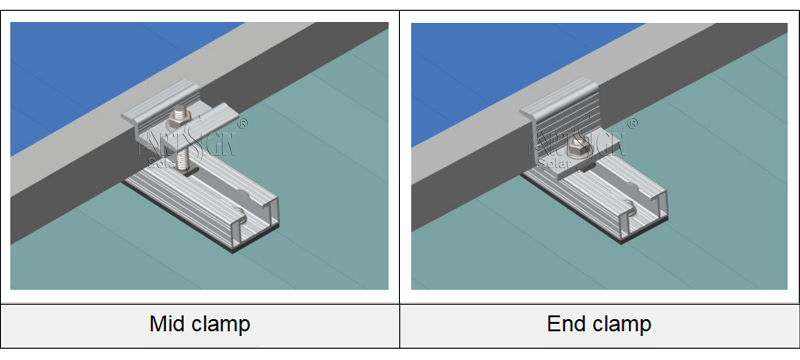
How to choose right mid/end clamp for solar mounting project?
Materials: Art Sign mid/end clamps use high quality aluminum 6005-T5 and anodized 10um, which has better ductility and impact resistance, and can meet the tensile strength and yield strength requirements of most structures.
Security: solar mount clamp connect and secure solar panels, which play an important role in keeping solar panels stable in extreme weather.
Installation: Whether it is universal mid/end clamp or special mid/end clamp, Art Sign's design can be conveniently and easily installed in the solar mounting system to save labor cost and time.
Certificate: Art Sign's mid/end clamps have multiple international certifications to ensure their good quality, including CE, TUV, SGS, etc.
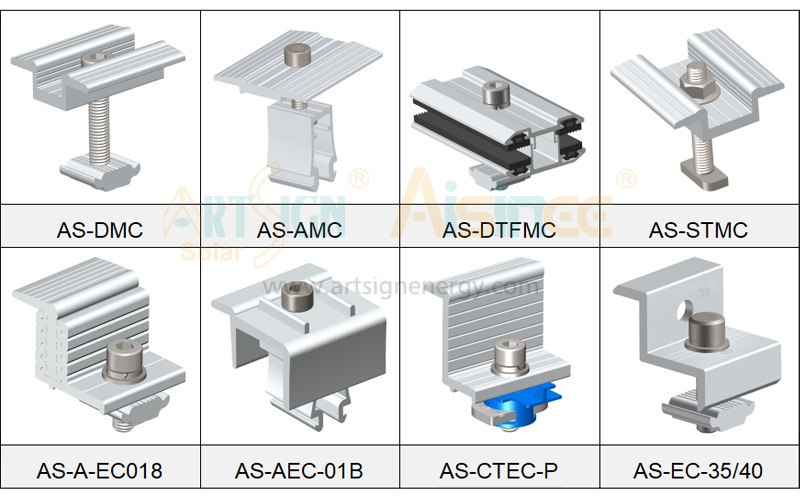
For any inquires for solar rooftop mounting system, please feel free to contact us.
E-mail: sales@artsign.net.cn,
Whatsapp / Wechat / Skype:+86-18030235875, thanks.
